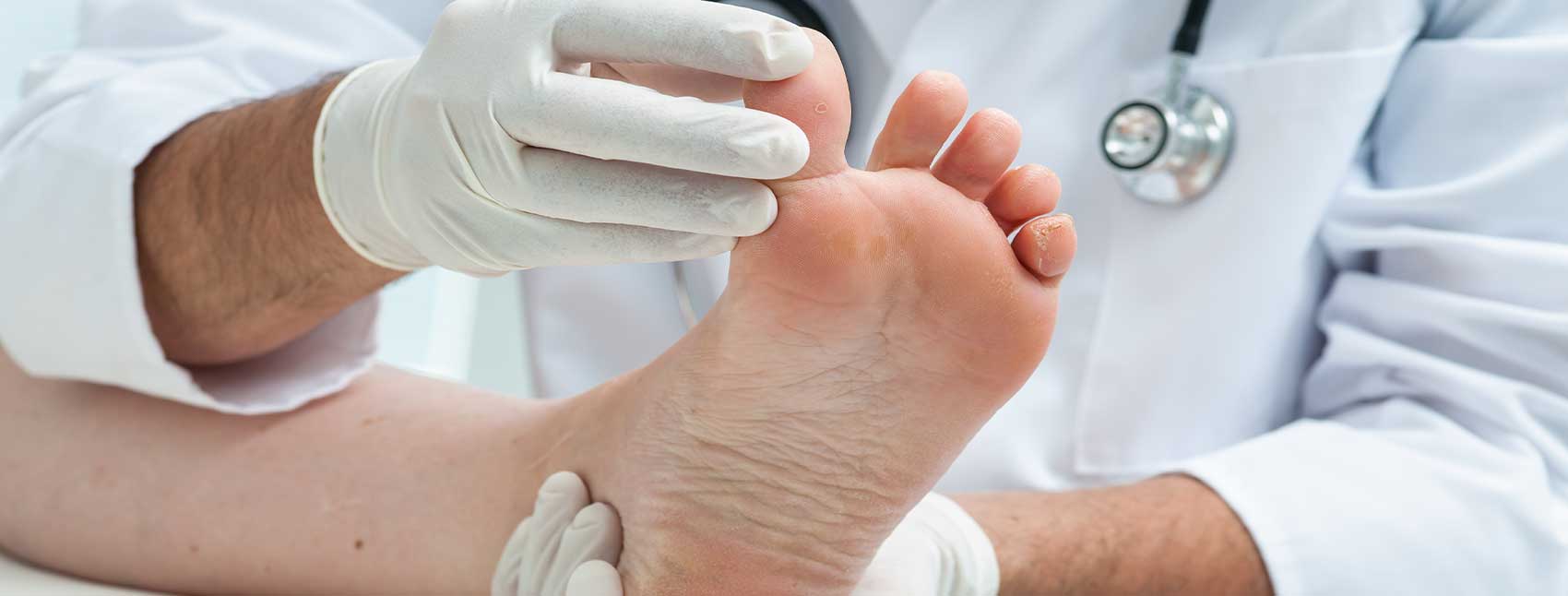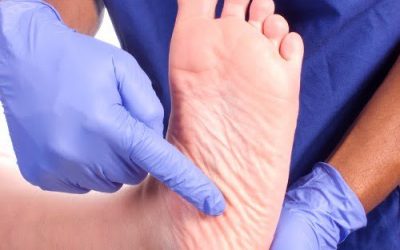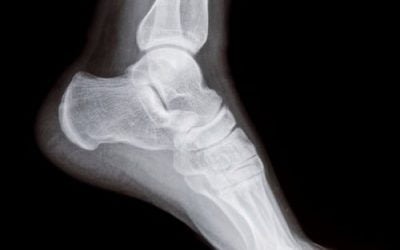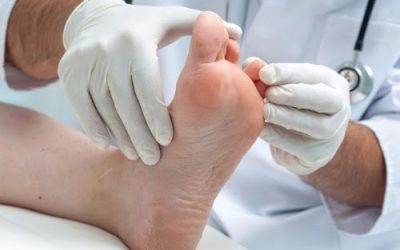It is very common for the first signs of Charcot-Marie-Tooth (CMT) to be symptoms and deformities that are seen in the feet and lower legs.
This is due to progressive weakness of the muscles in the lower extremity, causing muscle imbalance and related deformities. Doctors of Podiatric Medicine (DPM), also known as podiatrists, specialize in the diagnosis and surgical treatment of conditions of the feet and ankles. Approximately 15,000 podiatrists throughout the country are positioned at the front line for early detection of CMT.
Common symptoms:
I feel off balance and trip a lot.
My feet and legs hurt at the end of the day.
The other kids make fun of the way I walk.
I have a hard time lifting my toes up when my heel is on the ground.
I get burning and/or feeling of pins and needles in my feet and/or hands
I have a hard time doing things like using zippers, buttons, and writing
I have burning pain in my hands and/or feet.
I have a hard time with very cool and cold temperatures
There are various ways of diagnosing CMT, including:
Deep Tendon Reflex (DTR) assessment (use of a reflex hammer to assess the ability of the nerve to stimulate muscles effectively)
Nerve Conduction Velocity (NCV)
Electromyography (EMG)
Manual Muscle Test (MMT)
Nerve Biopsies
Genetic testing
Important: Genetic testing is the only definitive test for confirming CMT and, in most cases, a specific mutation.
If you want to learn more about HNF’s CMT Genie Program for genetic testing and book a free consultation, click here!
Advanced imaging: (such as Magnetic Resonance Imaging or MRI) has yet to show promise concerning diagnosing CMT, yet it has prognostic value in central nervous system imaging to establish rehabilitation potential for these patients.
Some studies advocate for its use in demonstrating muscle atrophy secondary to demyelination with correlation with MMT.
High Arches:
Clinically, patient presentation is highly reliable in diagnosing one with CMT. In 1963, Brewerton and colleagues first demonstrated the association of individuals with symptomatic high arch feet and neurologic abnormality. Results showed that 2/3 of the study population presented with these conditions. Patient history and physical examination will reveal various findings such as the pathologic foot structure (high arches known as Pes Cavus / Cavovarus or Equinovarus deformity), presence of digital contractures (claw toe deformity), a tripod of the foot (suggestive of a rigid forefoot deformity), lateral ankle instability, and gait abnormality. Research publication
Gait abnormality:
Will require a complete biomechanical exam evaluating the patient for pelvic elevation or pelvic tilt, followed by observation for the characteristic shuffling of the feet, high steppage (or Marionette Gait), and signs of excessive tilt of the heel. In addition to mobility problems and deformity, patients often report sensory deficits, primarily with proprioceptive/vibratory sensation and protective sensation, which can precipitate cutaneous compromise leading to ulceration.
Treatment
Conservative treatments for CMT primarily involve using accommodative bracing and supportive measures for palliative care of symptoms. A multidisciplinary approach is optimal, with the incorporation of Physical Therapy / Physical Medicine and Rehabilitation (PMR). Currently, no systemic treatments are available for CMT, yet ongoing research has shown some promise.
Conservative podiatric treatment for CMT patients:
Shoe gear counseling
Palliative care, treatment of calluses and corns
Custom-made orthotic devices
Non-custom ankle-foot-orthosis
Padding and strapping
Physical and occupational therapy
Given the relatively slow progression of this disease, conservative goals are centered on mechanically controlling the deformity.
These treatment modalities are reserved for individuals with a controllable deformity or who are deemed, poor surgical candidates.
Examples include:
- Orthotic footwear: Extra-depth accommodative shoes with multi-density inlays can support boney prominences and prevent the progression of claw toe deformity by limiting deforming forces secondary to muscle atrophy. For some great AFO-friendly shoe recommendations, visit Trend-Able
- Molded Ankle Foot Orthoses (MAFO): In conjunction with proper footwear, MAFO may provide added benefit in controlling the deformities by supporting poor functioning lower extremities. Further, MAFO may provide control at the ankle level and assist with drop foot deformity by allowing clearance of the ground during gait in swing phase and providing a stable construct for propulsion during the last phase of the gait cycle.
Proper orthotic devices can greatly reduce the chance of tripping and will help reduce injuries during physical therapy.
In addition to mechanical interventions, physicians have been able to treat CMT patients with physical and occupational therapy.
Strength training may assist patients in decreasing the severity of contracture from muscle imbalance. Not only does this training help improve the function of weakened muscles, but it also helps to maximize the strength of uninvolved muscles. Studies show that even a small increase in strength in affected muscles can result in significant improvement in patients.
When the decision is made to treat a patient surgically with CMT, it is important to consider the apex of the deformity, which of the motor units remaining are functional, how flexible or rigid the established deformities are, and whether ligamentous laxity is present. The goals of surgery are that all fixed deformities must be corrected, including muscle/tendon imbalances, to prevent a recurrence.
Correcting these deformities before any further progression takes place will have a positive impact on the outcome of the surgical procedures. The long-term results of surgical correction show positive outcomes, including a slower progression of deformities and a more functional life with less discomfort.
Ultimately, the goals of podiatric treatment of CMT patient are to
Relieve functional deterioration
Decrease the severity of contractures
Non-custom ankle-foot-orthosis
Mechanically controlling the deformities.
Help maximize the strength of uninvolved muscles
It is recommended that patients with CMT consider a visit to a podiatrist for a consultation.
This information was provided by Hal Ornstein, DPM, FASPS, FAPWCA, Affiliated Foot and Ankle Center, LLP www.footdoctorsnj.com
Q & A with Podiatrist
Many CMT patients have met with a podiatrist at least once since their diagnosis.
Classic CMT Foot Symptoms and How to Treat Them
Those affected by CMT often display distinct CMT foot symptoms such as high arches and clawfoot.
Q & A with Podiatrist: Dr. Lee Reiter
Read more about how a podiatrist can help diagnose CMT.
Podiatry Meeting in NYC
Tuesday, September 27th was a beautiful evening where the New York State Podiatric Medical Association joined the Hereditary Neuropathy Foundation in celebration of Charcot-Marie-Tooth Awareness Month.






